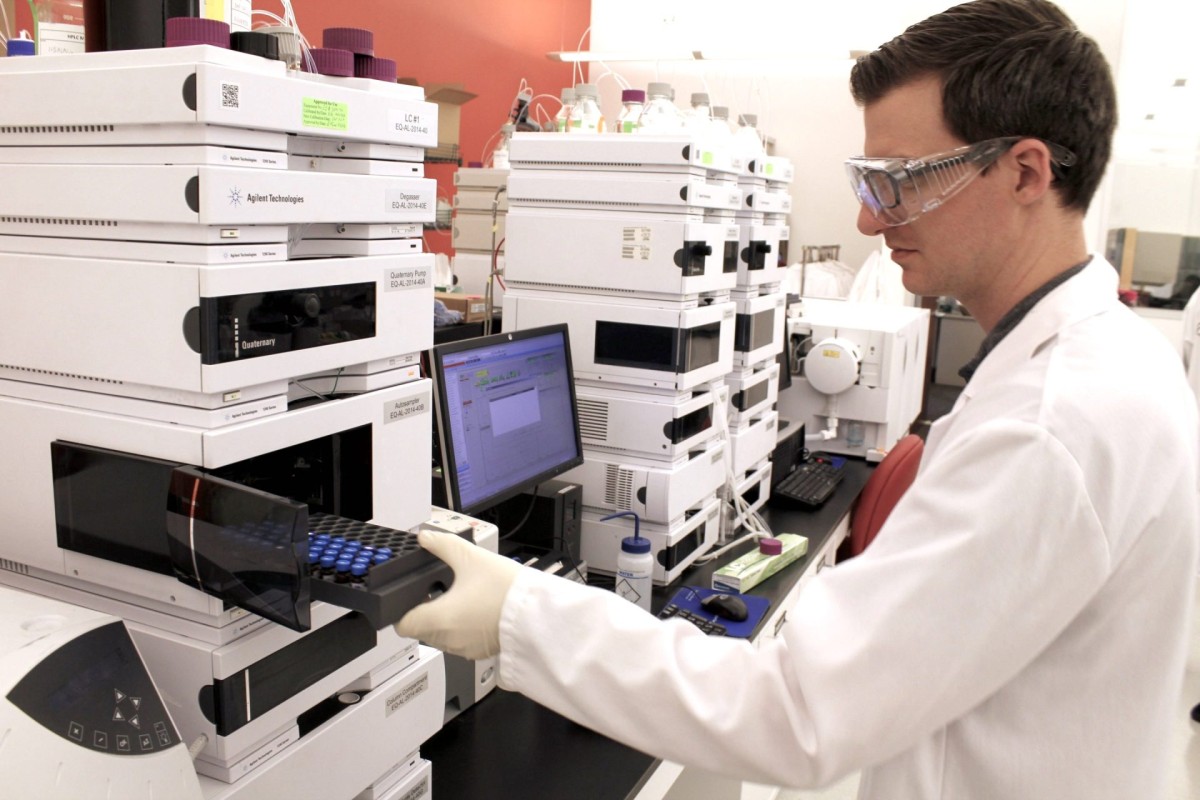Dermatology is a vast field, focusing on the largest organ of our body – the skin. Its health and appearance play a pivotal role in an individual’s well-being and self-confidence. With skin ailments ranging from acne and psoriasis to more complex dermatological conditions, the need for advanced, effective, and safe dermatological products has never been greater. But how are these specialized products developed? Let’s dive into the fascinating world of dermatological product development.
1. Identifying the Need
The first step in the development journey is understanding what challenges patients face. Whether it’s the dryness associated with eczema or the inflammation of rosacea, identifying specific patient needs is paramount.
2. Formulation Design and Development
Dermatological product formulation is both a science and an art. It requires:
- Choosing the Right Active Ingredient: The core of any effective product, the active pharmaceutical ingredient (API), targets the specific condition being treated.
- Selecting Excipients: These are the ‘supporting actors,’ ensuring the product has the right consistency, shelf life, and user-friendliness. Gels, creams, ointments, and lotions each have unique excipient requirements.
- Ensuring Compatibility: The API and excipients must be compatible. They shouldn’t degrade each other or cause the product to separate over time.
3. Advanced Analytical Methods
Institutions like Dow Development Laboratories utilize cutting-edge technology and methods, such as High-Performance Liquid Chromatography (HPLC) and Light Microscopy, to delve deep into product characteristics. This ensures the product’s quality, stability, and effectiveness.
4. Stability and Compatibility Studies
Dermatological products are typically stored in various environments – from a humid bathroom to a cool medicine cabinet. Stability studies ensure that the product remains effective and safe throughout its shelf life. Additionally, compatibility studies ensure that the product doesn’t react with its packaging, ensuring the drug’s integrity.
5. Clinical Trials and Testing
Before a product can reach consumers, it undergoes rigorous testing:
- In Vitro Release Testing: This evaluates how the active ingredient is released from the product, ensuring consistent and effective delivery.
- Microbial Testing: Ensures the product remains free from harmful pathogens that could cause infections.
- Clinical Trials: The product is tested on human participants to ensure its safety and efficacy. These trials, ranging from Phase 1 to Phase 3, are meticulously designed, ensuring the product is both safe and effective for its intended use.
6. Packaging and Labeling
Once the product passes all tests, it moves to the packaging phase. Whether it’s tubes, pumps, or bottles, the packaging is chosen based on the product’s consistency and intended use. Labeling, on the other hand, provides users with vital information on usage, storage, and precautions.
7. Regulatory Adherence and Approval
Dermatological product development doesn’t operate in a vacuum. Institutions like the FDA have stringent regulations in place, ensuring that every product hitting the market meets high-quality standards. Adhering to guidelines like Current Good Manufacturing Practices (cGMP) ensures that the products that reach consumers are of the highest quality.
8. Continuous Monitoring
Even after the product reaches consumers, the journey doesn’t end. Post-marketing surveillance keeps track of any potential side effects or issues that may arise once the product is in widespread use.
Challenges in Dermatological Product Development
- Diverse Skin Types: People have different skin types and sensitivities, making it a challenge to develop universally effective products.
- Rapid Technological Changes: With new technologies and methodologies emerging rapidly, staying at the forefront of development can be demanding.
- Regulatory Hurdles: Meeting the ever-evolving regulatory requirements can be a complex task, but it ensures product safety and effectiveness.
In Conclusion
The journey of dermatological product development is complex yet incredibly rewarding. As we continue to understand skin better, institutions like Dow Development Laboratories and others are at the forefront, crafting solutions tailored to our unique dermatological needs. Their focus on rigorous testing, patient-centric development, and continuous innovation promises a future where skin ailments are but a minor hiccup in our journey towards health and well-being.

